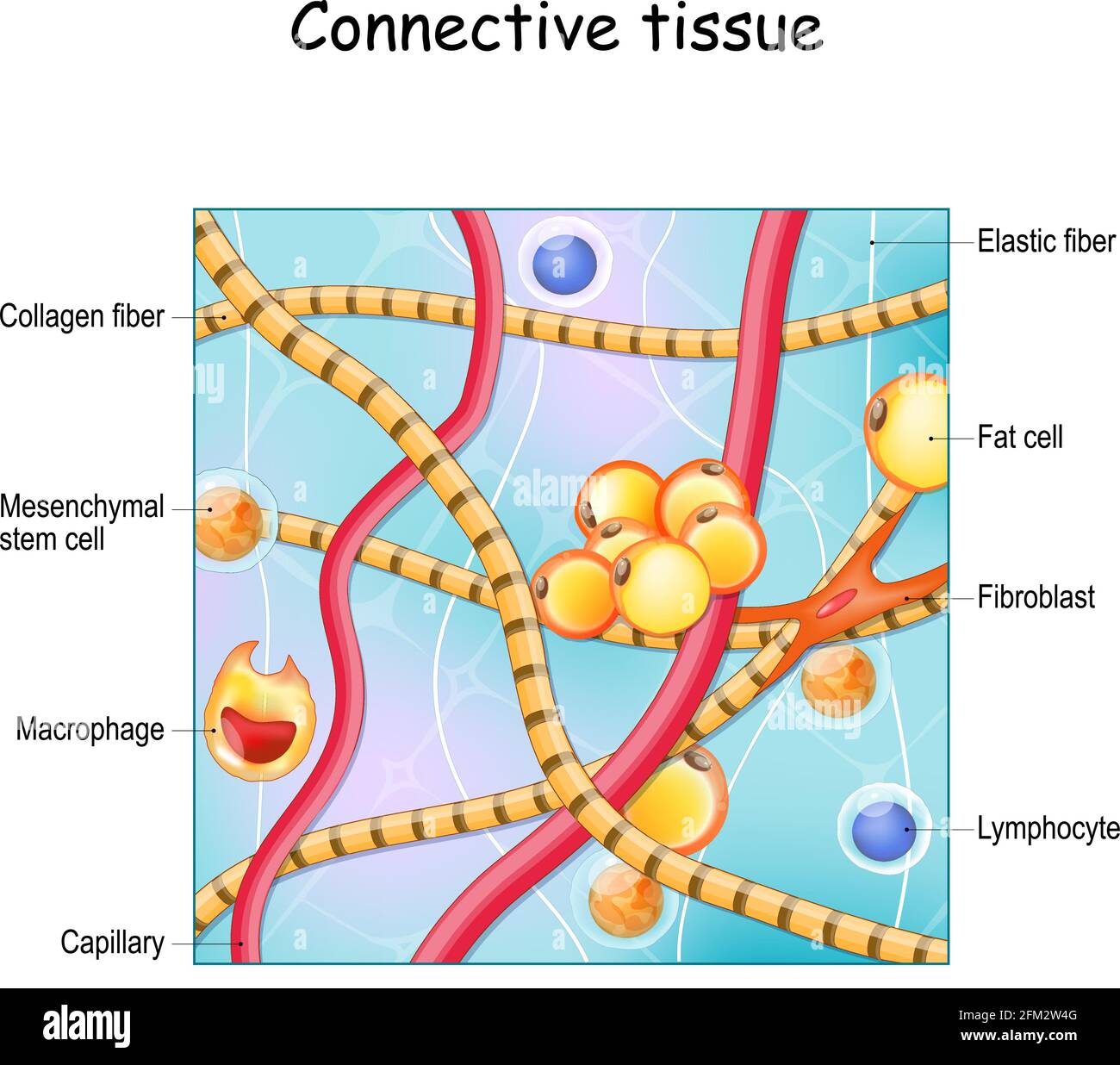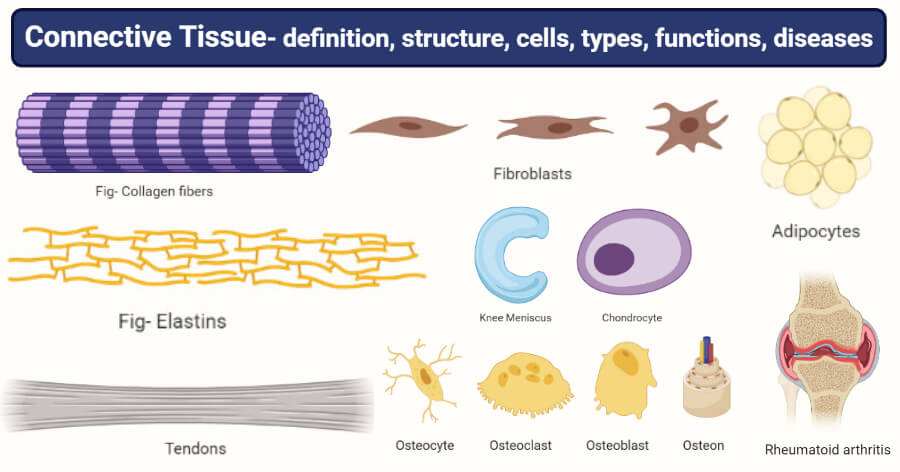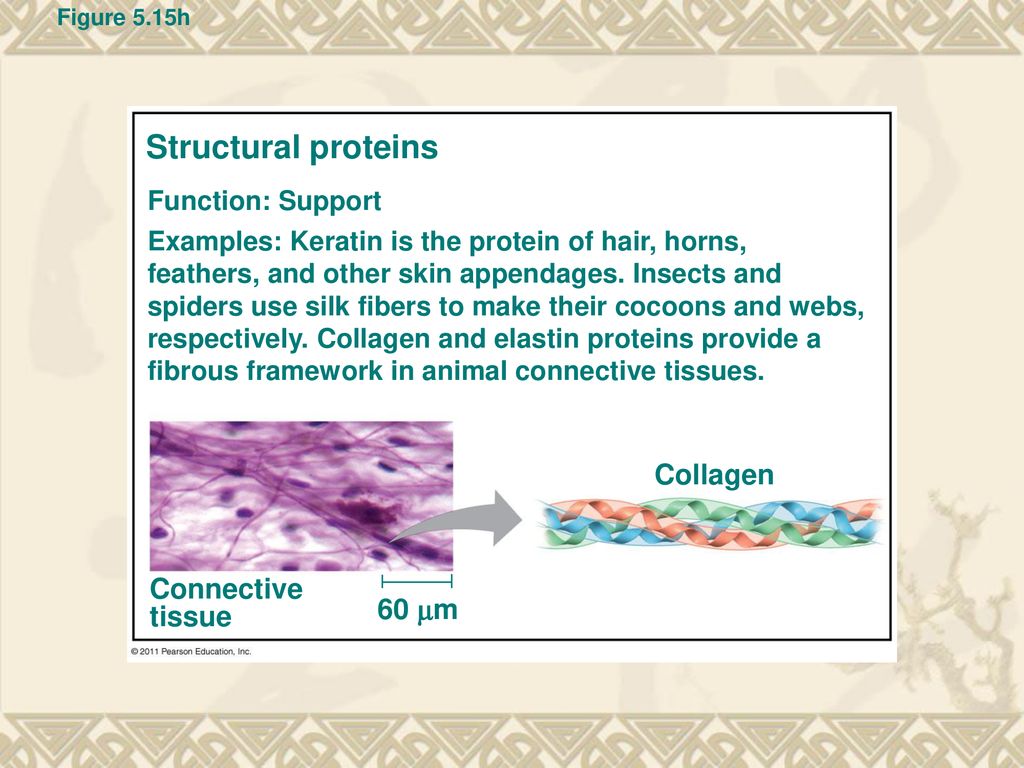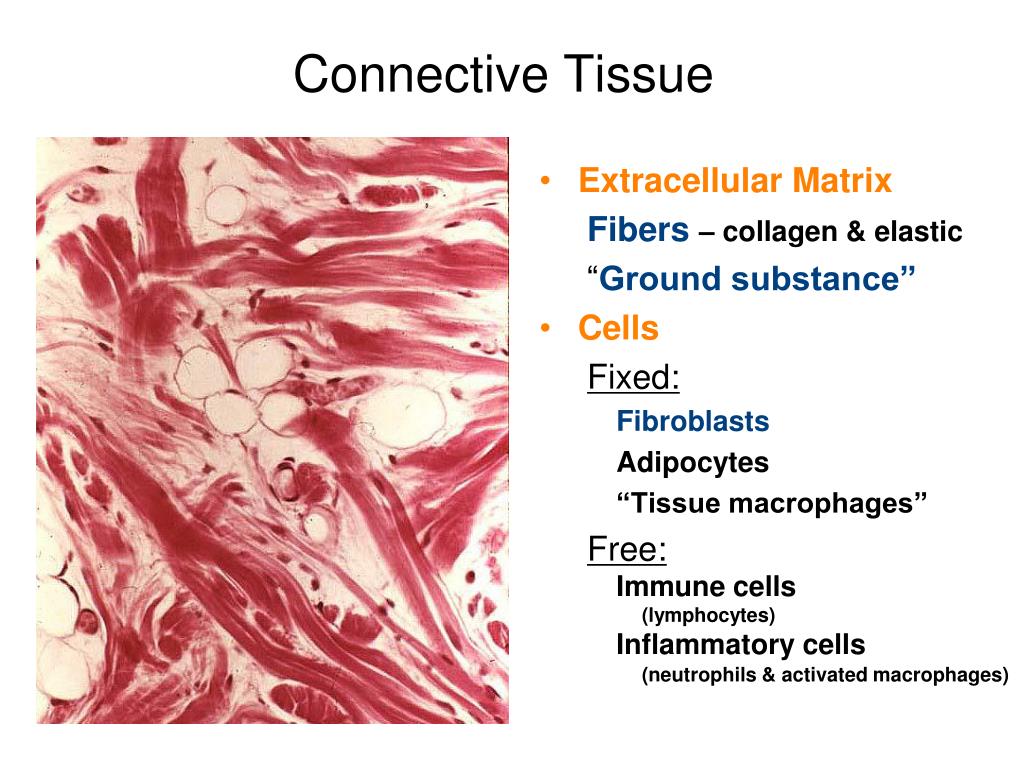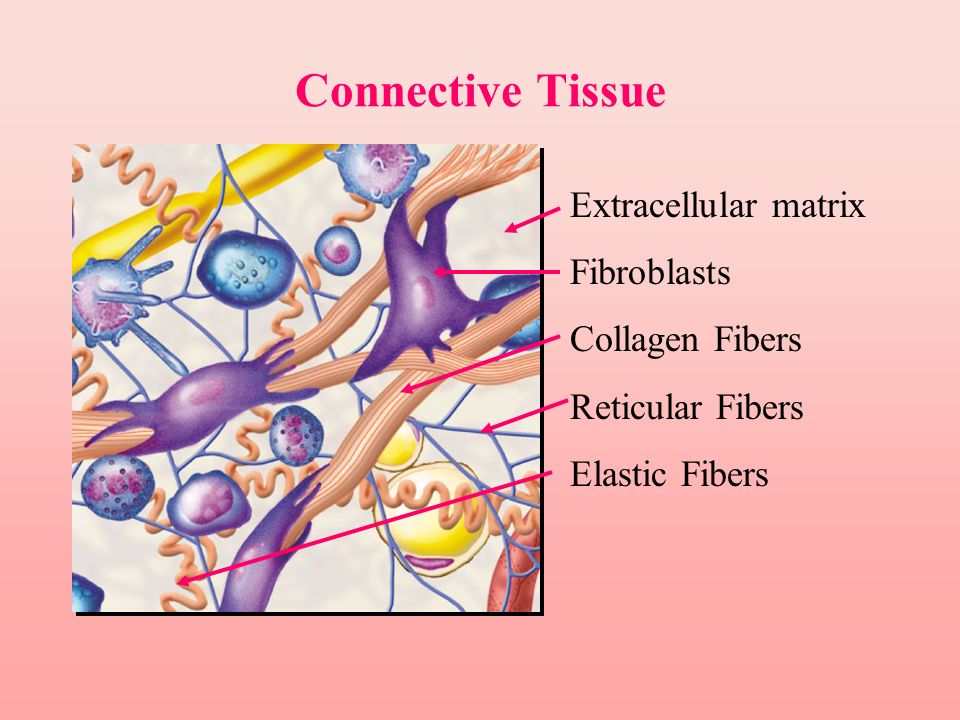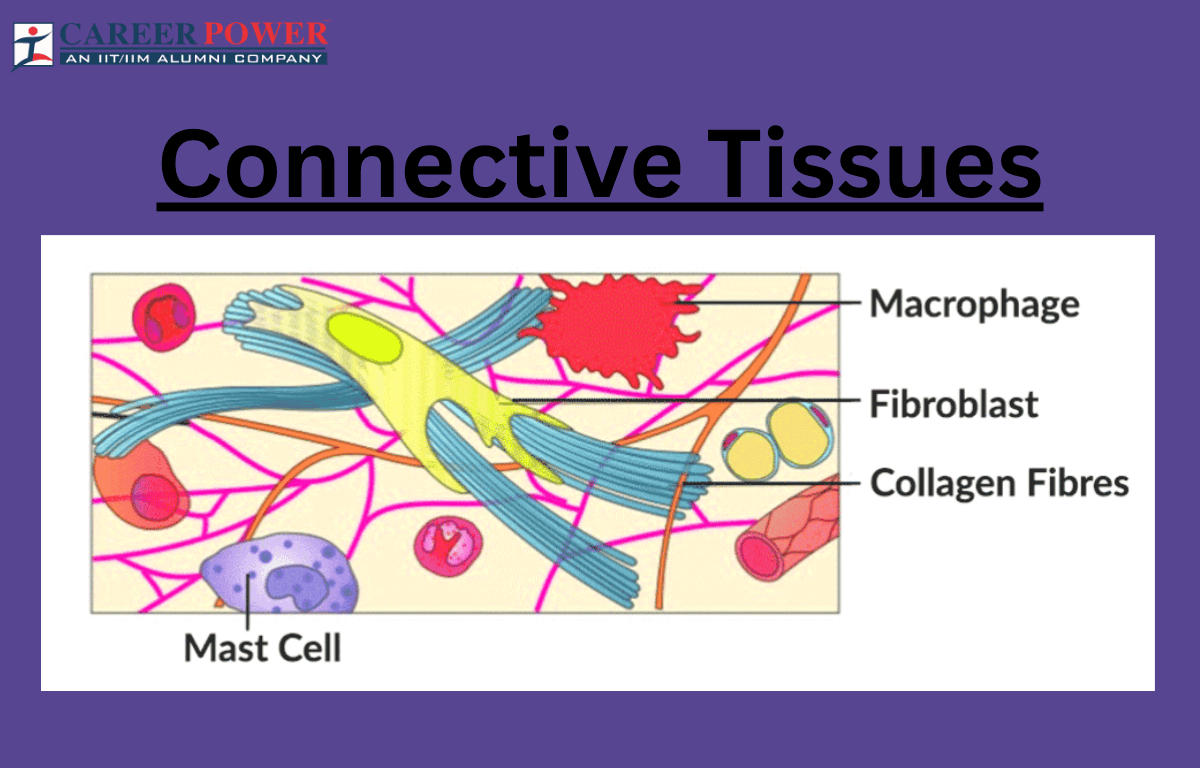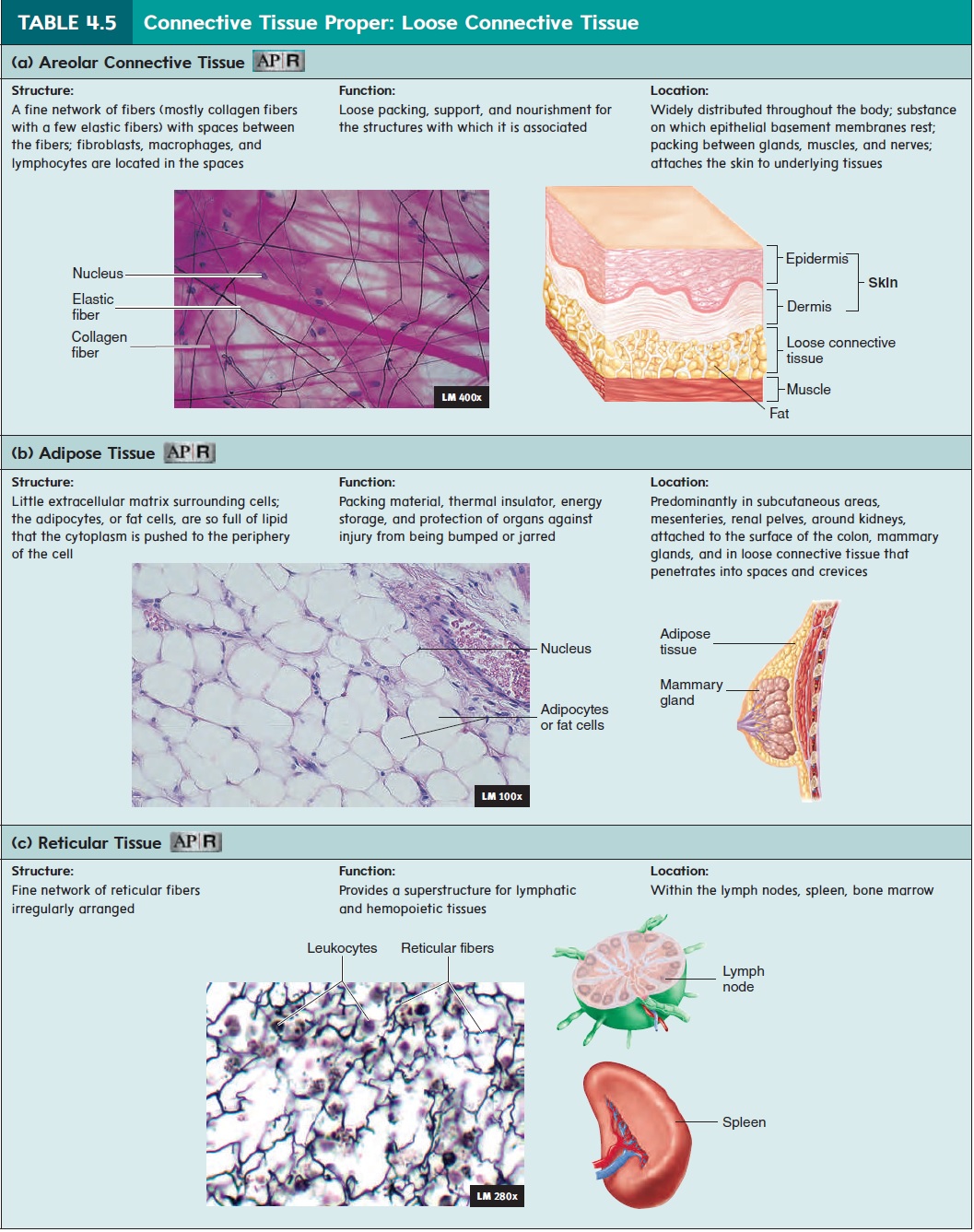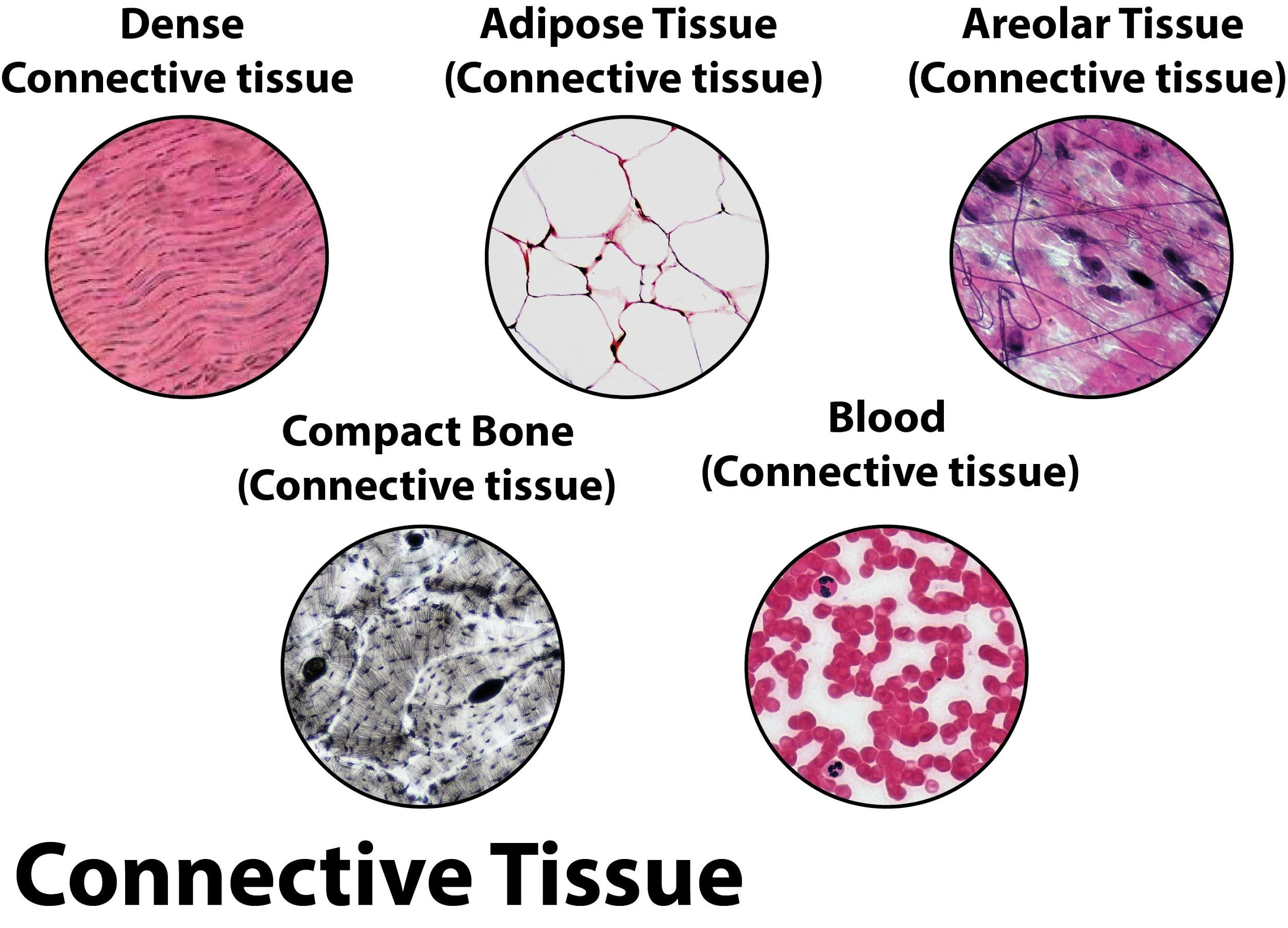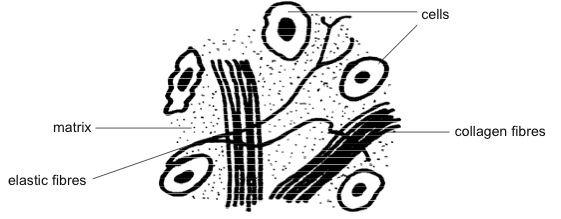Structural Protein Found In Skin And Connective Tissue
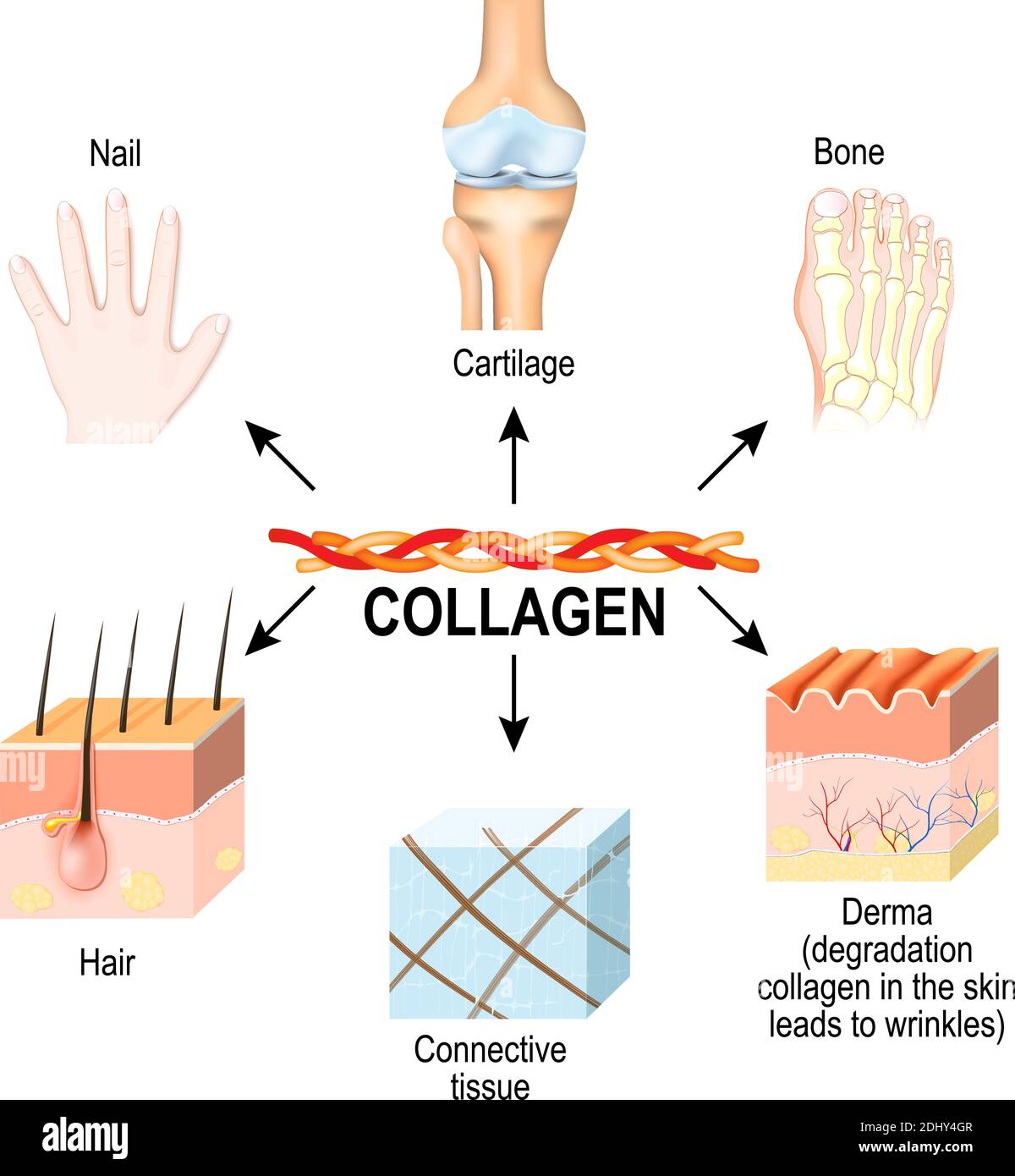
BREAKING: Scientists have identified a novel structural protein, provisionally named 'Fibro-Integrin Lambda' (FIL), deeply embedded within the extracellular matrix of skin and connective tissues. This discovery could revolutionize our understanding of tissue repair and aging.
The protein appears to play a critical role in maintaining tissue integrity and elasticity. Initial findings suggest FIL directly influences collagen fiber organization and cellular adhesion.
Discovery Details
The breakthrough, spearheaded by a team at the University of California, San Francisco (UCSF), was published today in the prestigious journal, 'Nature Structural & Molecular Biology'. The findings are the culmination of over five years of intensive research.
Researchers used advanced proteomic analysis and high-resolution microscopy to isolate and characterize FIL. The protein's unique amino acid sequence and structural motifs differentiate it from all previously known structural proteins.
Dr. Anya Sharma, the lead author of the study, stated, "The identification of FIL opens entirely new avenues for therapeutic intervention in conditions characterized by tissue degradation." She added, "Its unique interactions within the extracellular matrix hold immense promise."
Key Findings
The study reveals that FIL acts as a bridge between collagen fibers and cells. This bridging action is crucial for maintaining the structural integrity of tissues.
Researchers found that FIL directly interacts with integrins, cell surface receptors responsible for cell adhesion and signaling. This interaction modulates cellular behavior, influencing processes like cell migration and differentiation.
Importantly, FIL expression declines with age in human skin samples. This decline correlates with decreased tissue elasticity and increased susceptibility to damage.
Implications for Medicine
The discovery of FIL has significant implications for the development of new treatments for a range of conditions. These conditions include wound healing, skin aging, and connective tissue disorders.
Potential therapeutic strategies could involve boosting FIL expression or developing drugs that mimic its function. This could lead to more effective treatments for conditions like wrinkles, scars, and tendon injuries.
"The potential impact of this discovery on regenerative medicine is enormous,"said Dr. David Chen, a leading expert in extracellular matrix biology at Harvard Medical School, who was not involved in the study.
Future Research
The UCSF team is now focusing on understanding the precise mechanisms by which FIL regulates tissue repair. They are also investigating its potential role in various diseases.
Animal studies are currently underway to evaluate the safety and efficacy of FIL-based therapies. Early results are promising, showing improved wound healing and reduced scar formation in treated animals.
Dr. Sharma's group is also exploring the possibility of developing diagnostic tools to measure FIL levels in human tissues. This could help identify individuals at risk for age-related tissue degradation.
Industry Response
Several pharmaceutical and biotechnology companies have already expressed strong interest in FIL. Licensing agreements and collaborative research projects are currently under discussion.
The potential market for FIL-based therapies is estimated to be in the billions of dollars. This reflects the enormous demand for effective treatments for age-related and injury-related tissue damage.
"This discovery is a game-changer," stated a representative from BioTech Innovations, a leading biotechnology firm. "We are eager to partner with the UCSF team to bring this technology to market."
Next Steps
The next phase of research will focus on human clinical trials. These trials will evaluate the safety and efficacy of FIL-based therapies in patients with skin aging and wound healing problems.
The National Institutes of Health (NIH) has awarded a substantial grant to support these clinical trials. The trials are expected to begin within the next year.
The scientific community awaits these trial results with great anticipation. The hope is that FIL will pave the way for a new era of regenerative medicine.


